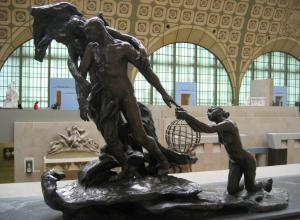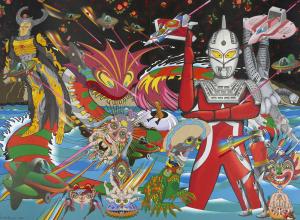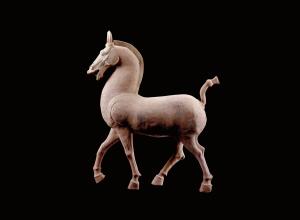In 1927, Picasso was married to the Russian ballet dancer, Olga Khokhlova, and at the same time, began an extramarital relationship with seventeen year old Marie-Thérèse Walter. This affair, which went on for over eight years, reinvigorated Picasso’s artistic practice, inspiring the artist to paint numerous portraits of his mistress. On September 5, 1935, the pair secretly welcomed a daughter, Maya. The birth of his daughter came with its consequences: once Khokhlova learned of the affair and the pregnancy, she filed for divorce and moved out with their son, Paulo. This dark time for Picasso was lightened by the joy that Maya brought him. Between 1938 and 1939, Picasso embarked on a series of fourteen portraits of Maya, the most significant series of works devoted to one of his children. It is one of these fourteen that is up for auction.
The work in question, Fillette au bateau (Maya), was painted on February 4, 1938. Maya was only two years old at the time. This lively and colorful portrait stands in contrast to the famously somber Guernica, which was painted only a year prior for the 1937 Paris International Exposition to honor the bombing of Guernica by the Nazi.
































